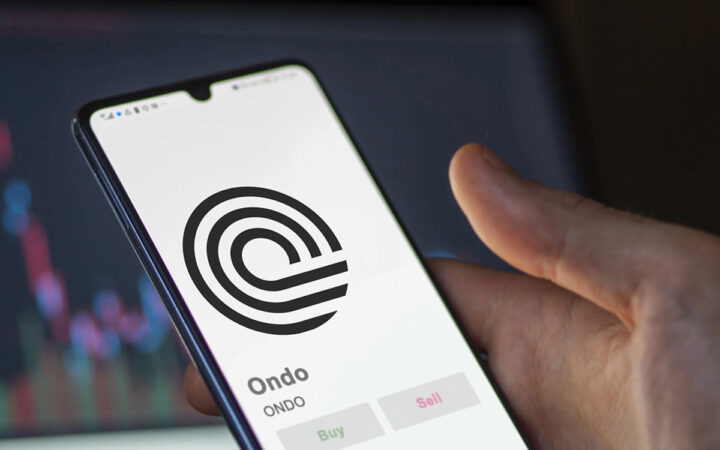
Global credit card issuer Mastercard has filed the new application patent, titled “Information Transaction Infrastructure”. After having been submitted in late January, it was published on August 3 by the U.S. Patent and Trademark Office (USPTO).
The team of developers is not big for specialists, with only Vladimir Goloshchuk, former senior analyst at Mastercard, being indicated as the sole inventor.
Background of disclosure reasons the new patent’s significance the following way:
While the public ledger mechanism used by cryptocurrencies is effective to prevent double spending of value units, the verification process is relatively resource intensive, meaning that far fewer transactions may be performed than in a centralized system. As transactions are public and irreversible, it is challenging to achieve all the features of centralized electronic money systems–in particular, processing of refunds can be particularly challenging.
It would be desirable to achieve a virtual money infrastructure that allowed use of cryptocurrencies with a range of services comparable to that achievable with centralized electronic money systems.
The application is to create an infrastructure which could make it possible for users to verify their identities linked to cryptocurrency addresses they independently elect to disclose. According to the example provided in the application text, the system will work the following way:
A typical transaction involving a payment from Alice to Bob operates in the following way. Bob creates a new address using the cryptocurrency client, and provides the address (a public key for a private key held by Bob) to Alice as a destination for the payment. Alice makes the transaction using her cryptocurrency client by indicating a payment to the address indicated by Bob from one of her own addresses – this is done by signing a transaction request with her private key for the address, the public key being usable to establish that the transaction was sent by Alice to Bob’s address.
The solution could be most usable in situations when users are submitting payments to merchants from accounts on exchanges, for example, where their funds may be stored along with funds belonging to other users.
Today, in case somebody has to make a refund, he/she is to send it back to an address linked to the receiver’s account. In such a way, the exchange holder might then need to find out the source of the funds received and the reason. To overcome such inconveniences Mastercard proposes a shared service, which enables its users to have two kinds of wallets:
The basic principle of the arrangement is that a user of the shared wallet service has two types of wallet. Firstly, they have a “public” wallet for on-the-chain publicly visible and verified transactions. The user will make and receive cryptocurrency payments external to the shared wallet service using a public wallet. Using this approach, the refund problem can be addressed – a payment received from the public wallet can be refunded by an equal payment back to the public wallet.






